General Ghasem Soleimani, commander of the Revolutionary Guards’ expeditionary Quds Force, was assassinated on January 3, 2020 by an US drone strike just outside Baghdad International Airport. Now the second anniversary of his death has acquired all the trappings of mourning for a Shia saint. News agencies report on “pilgrims” traveling to Kerman, Soleimani’s native city and his burial place, while Tehran’s deputy mayor has referred to his tomb as a “shrine”. And, just like last year, Islamic Republic-affiliated institutions claim to have published hundreds of books and college dissertations about the life and times of the face of Iran’s lethal adventurism abroad — in addition to hundreds of thousands of posters, and a cluster of documentary films.
Then, of course, there is the inexhaustible tide of social media hashtags and platitudes. More than 30 years after the Iran-Iraq war, with the “martyrdom” of commanders killed that decade now exhausted as a topic, Ghasem Soleimani has turned into new fodder for the Islamic Republic’s more cynical propaganda drives.
Is Soleimani a New Shia Saint?
Mohammad Amin Tavakolizadeh, Tehran’s deputy mayor for cultural and social affairs, proclaimed this week of Soleimani’s tomb: “If this shrine is harmed, Islam and Shi’ism are harmed, so we must protect the shrine.”
Ceremonies to mark the second anniversary of Soleimani’s assassination in Kerman closely resembled the traditional annual rallies to mark Arbaeen: the 40th day after the martyrdom of Imam Hossein in 680 AD. “Some young people set up stations where they shone the shoes of the pilgrims, while others massaged the feet of those arriving,” reported Mehr News Agency. The same agency then castigated city officials for failing to “expand the city’s infrastructure” in order to receive the “thousands” of mourners. “Every day of the last week,” the report went on, “20,000 people have traveled to Kerman and been housed in in mosques, prayer halls, the guesthouses of government organizations, and other places set aside for guests.”
Officials in several key arms of government including the Defense Ministry also announced that they had set up waystations to provide services, food and accommodations to pilgrims heading for Soleimani’s tomb.
The Propaganda Machine Running at Full Capacity
Iranian state-run TV broadcast the entire commemoration ceremony from Kerman live on Monday, deploying two mobile studios to the scene. The media was also overflowing with news about ceremonies in other provinces: a reported 10,000 all in all, great and small. They included the unfurling of a handmade carpet in Tabriz featuring a woven picture of Soleimani. An “international” poetry symposium called “Soleimani’s Signet” was due to be held in the Persian Gulf island of Kish, the title was chosen because the name “Soleimani” comes from “Solomon”: religious legend has it that the biblical Solomon had a ring on his finger that gave him absolute power over humans and jinn alike.
In the past 12 months, the IRIB reports, some 420 books about General Soleimani have been published. Several documentaries about his life and career, including Ghasem and 360 Degrees, have been broadcast on state TV in the past week. The documentary 72 Hours – covering the final three days of Soleimani’s life – was vastly promoted and screened at movie theaters across Iran.
Some universities in Iran published full dissertations on Soleimani to coincide with the anniversary. The president of Tehran Islamic Azad University reported an astounding 130 dissertations and essays had been written on Ghasem Soleimani and his so-called “School of Resistance”.
Yousef Esmailzadeh, Mashhad’s deputy mayor for culture and arts, told reporters the city had printed more than 70,000 posters of Soleimani and Abu Mahdi al-Muhandis, the commander of the Iraqi Popular Mobilization Forces, who was assassinated alongside Soleimani outside Baghdad Airport. He also reported that 5,000 pocket-size copies of Commander Soleimani’s Charter had been published by the municipality.
Einollah Ahmadi, mayor of Shirvan in North Khorasan province, announced a competition in which 10 people who had named their sons “Ghasem” since Soleimani’s assassination would receive a mystery gift from the municipality.
On Saturday, January 1, a group known as the Daughters of Haj Ghasem gathered inside Tehran’s 80,000-seat Azadi Stadium. Elsewhere, Abdol-Rahim Gorji, director-general of North Khorasan Prisons Organization, reported that 26 non-violent prisoners had been released in honor of the second anniversary of Soleimani’s death.
How Long is This Going to Last?
Statues of Ghasem Soleimani have been installed in various Iranian cities, some more complimentary than others. In August of last year a man was arrested and later jailed in the city of Yasuj, Kohgiluyeh and Boyer-Ahmad province, for having set one such statue on fire.
And, naturally, the second anniversary of Soleimani’s assassination was an occasion for some of his former associates talk about their memories of the late general. Mohammad Reza Asadbeygi, a commander of the Quds Force also known as Haj Asad, described a 2004 visit by Soleimani to Russia’s President Vladimir Putin – and how the former had publicly performed his prayers inside Kremlin during a break.
Everything about the second anniversary of Soleimani’s assassination indicates that these ceremonies and tributes are going to become a January staple in Iran: up there with such time-worn propagandistic pageantries as the Anniversary of the Revolution and the return of Ruhollah Khomeini from exile to Iran. How much all of this is costing is anyone’s guess.
Related Coverage:
Who was General Ghasem Soleimani: Murderer or Hero?
Top Official Admits Ghasem Soleimani’s Role in Circumventing Sanctions
The Shadow Commander Reveals the Unknown Aspects of Soleimani’s Life
A Year After his Death, Soleimani's Corrupt Practices Begin to Surface
Hamas Official Reveals Money Laundering by Ghasem Soleimani
How Will the Quds Force Change in the Post-Soleimani Era?
Man Arrested for Setting Ghasem Soleimani Statue on Fire
Consumer Goods and Sports Competitions Launched as "Brand Soleimani" Takes Over
"We are Future Ghasem Soleimanis. We Kill the Jews"
Soleimani Was a Murderer, So is his Leader
Many Syrians Celebrate Assassination of a War Criminal
visit the accountability section
In this section of Iran Wire, you can contact the officials and launch your campaign for various problems




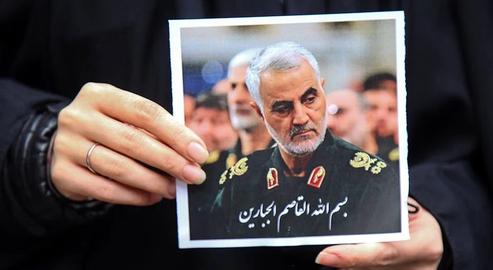

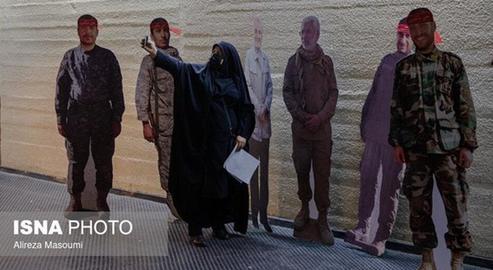
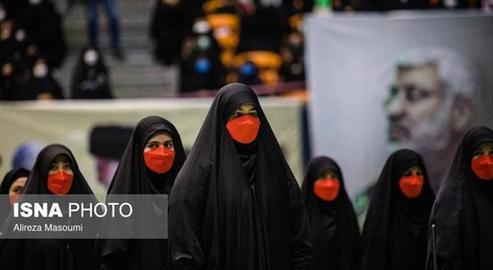
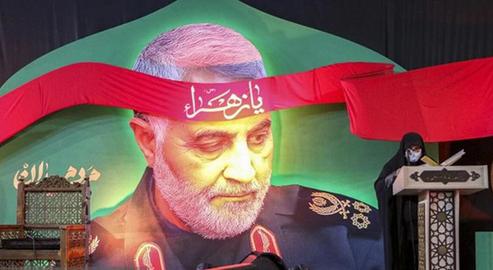
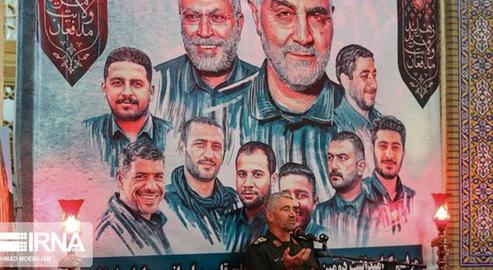















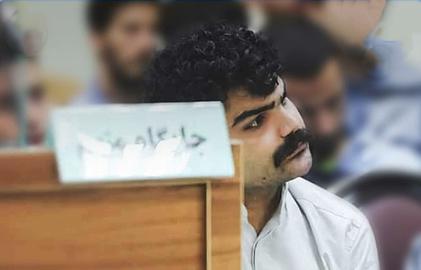




comments